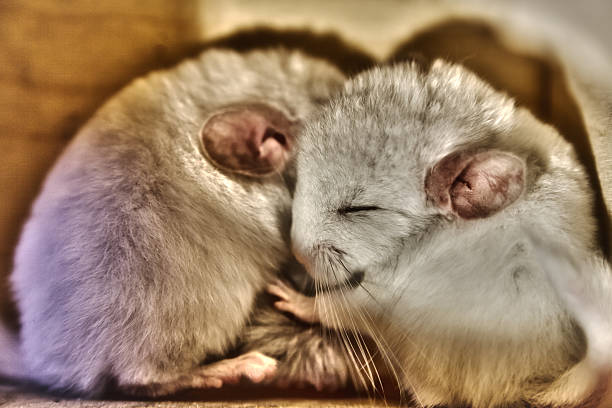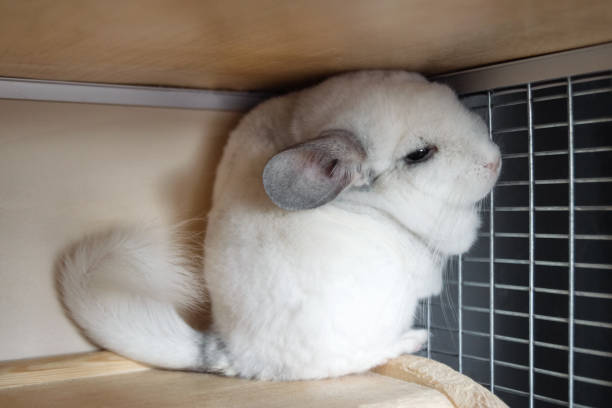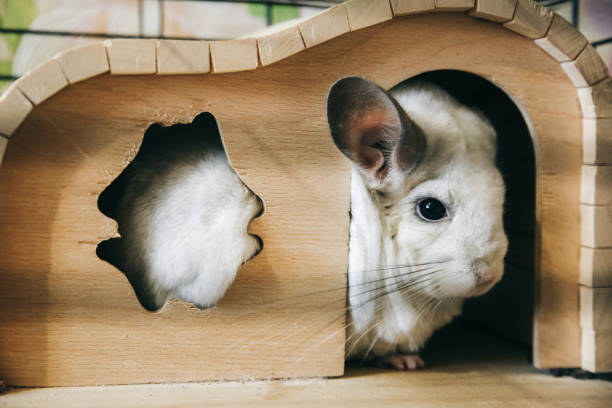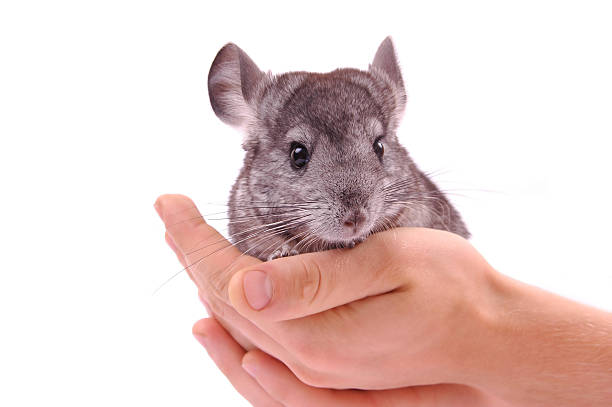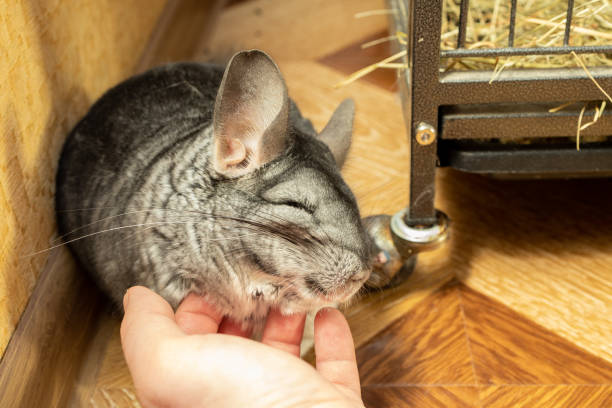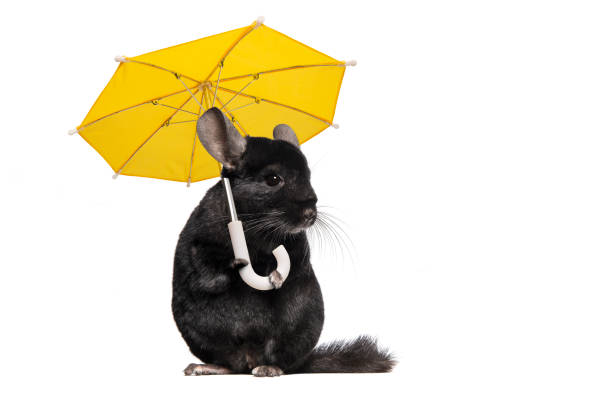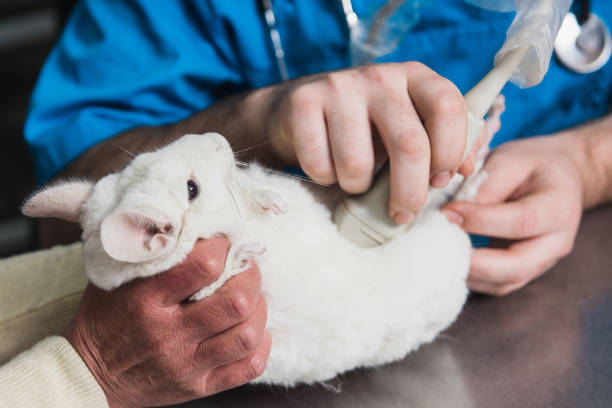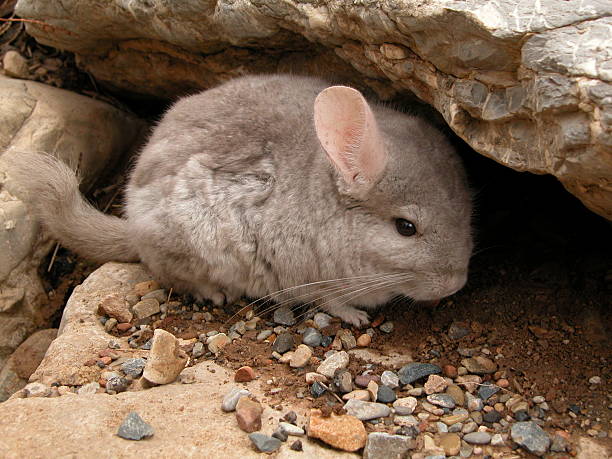Chinchilla Cage Do’s and Don’ts
This post contains affiliate links. This means I will make a commission at no extra cost to you should you click through and make a purchase. Read the full disclosure here.If you are a proud owner of a chinchilla or considering getting one as a pet, providing a suitable living environment is crucial for their well-being. One of the essential aspects of chinchilla care is setting up an appropriate cage. In this article, we will explore the do’s and don’ts of chinchilla cages to ensure your furry friend lives a happy and healthy life.
1. Choosing the Right Cage Size
When it comes to chinchilla cages, size matters. Chinchillas are active animals that love to run, jump, and play. A spacious cage allows them to exercise and express their natural behaviors. Opt for a cage that provides a minimum of 24 inches by 24 inches of floor space for a single chinchilla. If you have multiple chinchillas, the cage should be even larger to accommodate their social nature.
2. Optimal Cage Location
Place the chinchilla cage in a quiet and well-lit area of your home. Chinchillas are sensitive to loud noises and direct sunlight, which can cause stress and health issues. Avoid areas with extreme temperature fluctuations, as chinchillas thrive in moderate temperatures.
3. Safe Cage Material
Select a cage made of chinchilla-safe materials like metal or wire mesh. Avoid cages made of wood or plastic, as chinchillas are chewers, and ingesting these materials can be harmful to their health.
4. Including Proper Bedding
Line the cage with appropriate bedding material, such as aspen shavings or paper-based bedding. Never use cedar or pine bedding, as the aromatic oils can be toxic to chinchillas.
5. Providing Essential Accessories
Enrich your chinchilla’s cage with essential accessories like wooden ledges, hideouts, and chew toys. Chinchillas have continuously growing teeth, and chew toys help keep their teeth at a healthy length.
6. Importance of Proper Ventilation
Proper ventilation is vital to ensure fresh airflow within the cage. Good ventilation prevents the buildup of ammonia and keeps the air quality optimal for your pet.
7. Maintaining Hygiene
Keep the cage clean and free from waste buildup. Regularly remove soiled bedding and uneaten food to prevent odor and bacterial growth.
8. Regular Cage Cleaning
Perform a thorough cage cleaning at least once a week. Wash the cage with a pet-safe cleanser and rinse it thoroughly to remove any residue.
9. Avoiding Harmful Substances
Keep your chinchilla away from household chemicals, pesticides, and toxic plants. Chinchillas are highly sensitive to such substances and can fall seriously ill if exposed to them.
10. Preventing Cage Overcrowding
Ensure that the cage is not overcrowded, especially if you have multiple chinchillas. Overcrowding can lead to territorial disputes and stress.
11. The Right Diet and Water
Provide a balanced diet that consists of hay, chinchilla pellets, fresh vegetables, and clean water. Avoid sugary or fatty treats, as they can lead to health issues.
12. Social Interaction and Playtime
Chinchillas are social animals and need regular interaction with their owners. Spend quality time with your pet outside the cage and engage in playtime activities.
13. Recognizing Signs of Stress
Learn to recognize signs of stress in your chinchilla, such as loss of appetite, lethargy, or excessive grooming. If you notice any of these signs, consult a veterinarian promptly.
14. Consulting a Veterinarian
Regular veterinary check-ups are essential to ensure your chinchilla’s health and well-being. A qualified exotic pet veterinarian can provide valuable guidance and advice.
Conclusion
Creating the perfect environment for your chinchilla is a rewarding and fulfilling responsibility. By following the do’s and don’ts of chinchilla cages outlined in this article, you can ensure your furry friend enjoys a happy, healthy, and enriched life.

